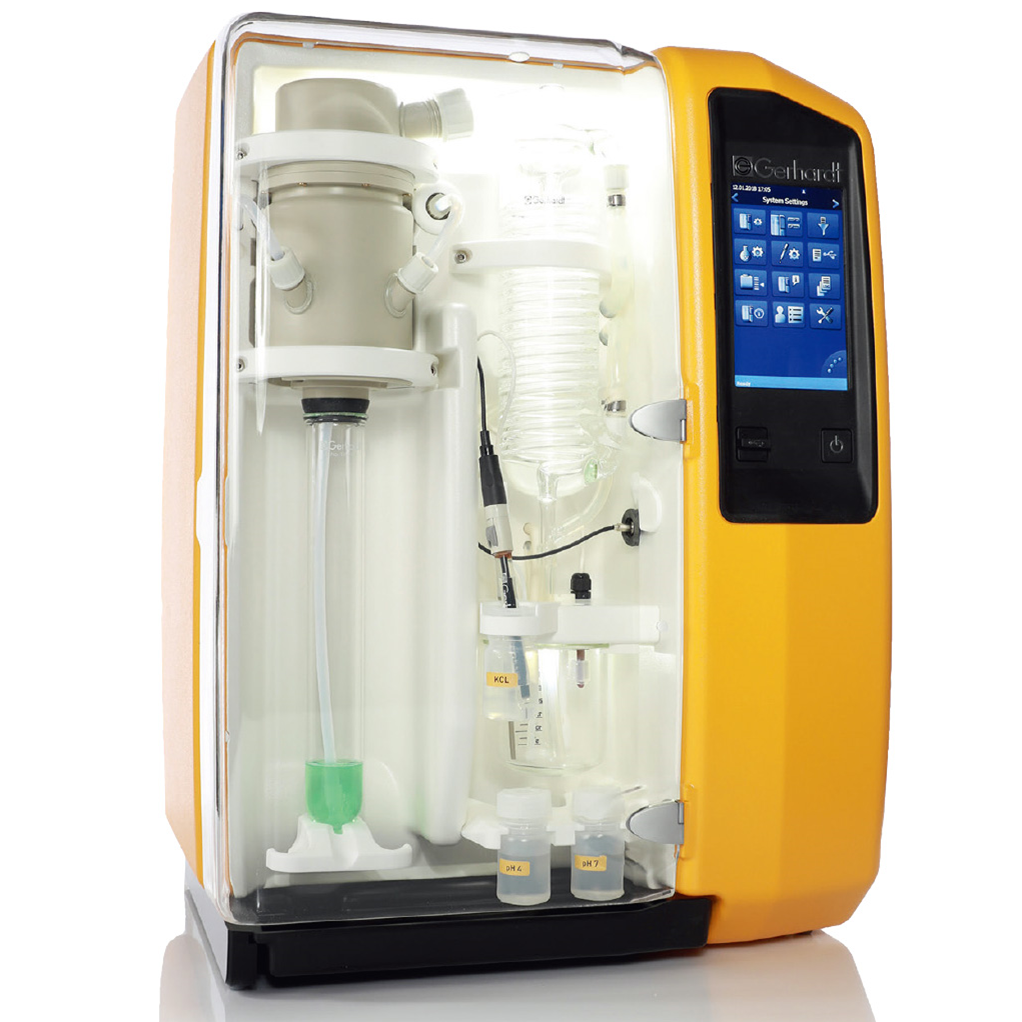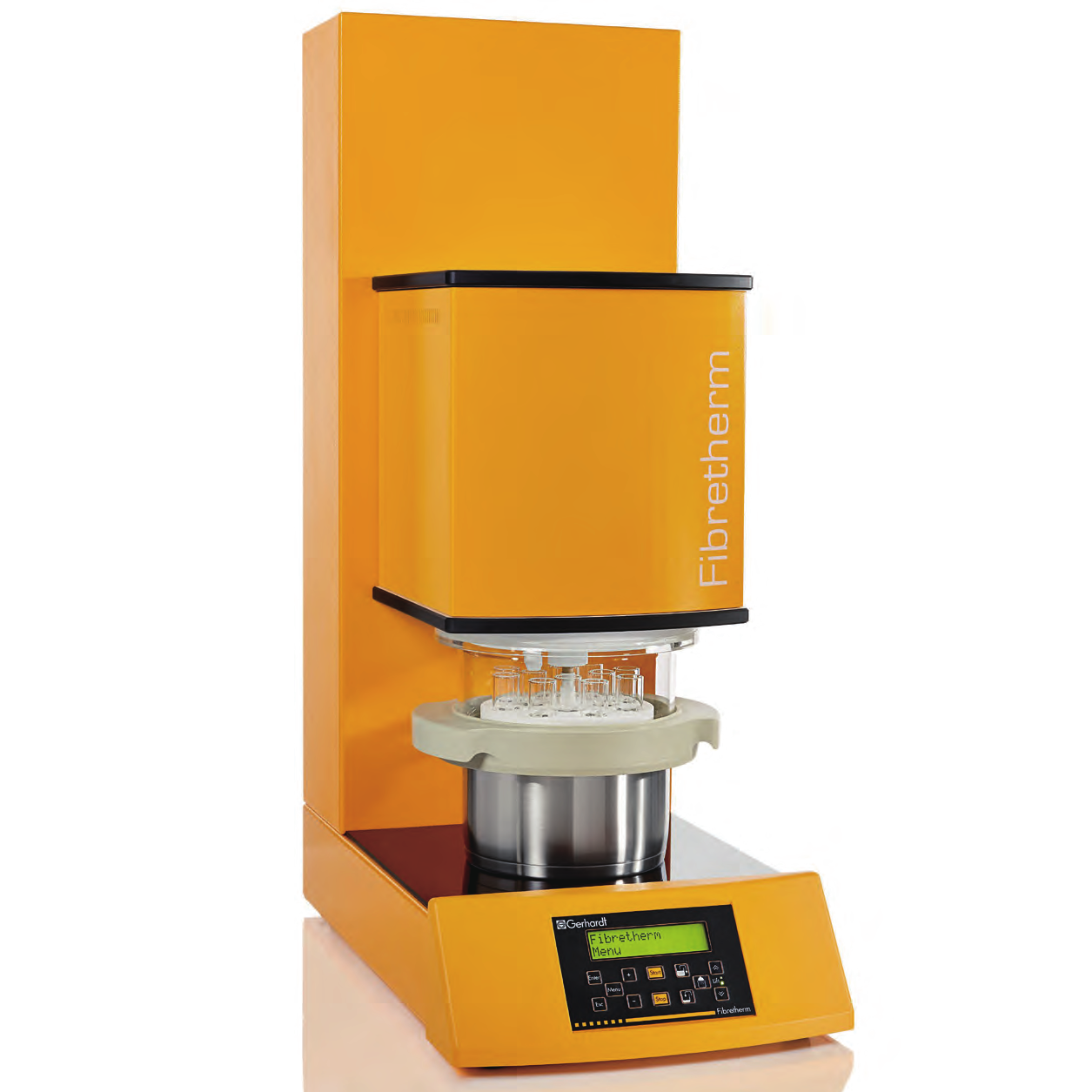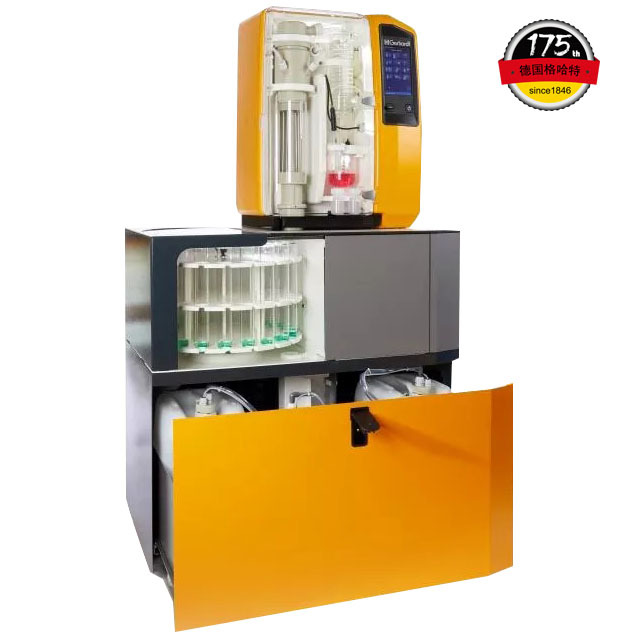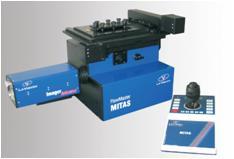


 菲力尔中国杭州彩谱科技有限公司海洋光学亚洲公司赛默飞世尔科技分子光谱中国格哈特北京欧兰科技发展有限公司北京盈盛恒泰科技有限责任公司迪马科技天津市恒奥科技发展有限公司深圳市新锐科技发展有限公司上海腾拔仪器科技有限公司
菲力尔中国杭州彩谱科技有限公司海洋光学亚洲公司赛默飞世尔科技分子光谱中国格哈特北京欧兰科技发展有限公司北京盈盛恒泰科技有限责任公司迪马科技天津市恒奥科技发展有限公司深圳市新锐科技发展有限公司上海腾拔仪器科技有限公司
展开全部厂商
-
低温干燥对肉鸡和去盲肠蛋鸡排泄物中含氮化合物和肌醇磷酸的影响Effect of low‐temperature drying on the nitrogenous compounds and inositol phosphates in broiler chickens and cecectomized laying hen excreta 总氮基于凯氏法使用格哈特Gerhardt公司Vapodest 50s全自动凯氏定氮仪测定 氨氮使用使用格哈特Gerhardt公司Vapodest 50全自动蒸馏滴定凯氏定氮仪测定 Total N and ammonia in excreta were measured without further processing. For all other analyses, the excreta were freeze dried and ground to a powder using a vibrating disc mill (Fritsch Pulverisette 9; Fritsch GmbH). Kjeldahl digestion was performed on the Vapodest 50S analysis system (C. Gerhardt GmbH & Co. KG). Ammonia was measured by steam distillation and titration by using the Vapodest 50 analysis system (C. Gerhardt GmbH & Co. KG) as described by Hofmann et al. (2019). The official methods for nutrient analyses in Germany (Verband Deutscher Landwirtschaftlicher Untersuchungs- und Forschungsanstalten 2007) were followed for dry matter (no. 3.1), total N (no. 4.1.1), crude ash (no. 8.1), crude fat (no. 5.1.1) and crude fiber (no. 6.1.1) content of the diets. The diets were ground in a centrifugal mill and passed through a 0.5 mm sieve (Retsch GmbH, Hann, Germany) prior to analyses.方案
肉鸡和去盲肠蛋鸡日粮中蛋白质、脂肪、粗纤维以及排泄物中总氮和氨氮的测定
-
【设备更新】储存3年的玉米对蛋鸡的可代谢能和净能值Metabolizable and net energy values of corn stored for 3 years for laying hens 中国农业科学院饲料研究所,农业部饲料生物技术重点实验室 吉林农业科学院动物营养代谢实验室 禾丰农业科技股份有限公司 氮的测定采用格哈特Dumatherm杜马森 燃烧分析仪,使用EDTA作为标准品,蛋白质系数6.25。 采用石油醚为溶剂,使用索索氏提取法测定脂肪。 粗纤维、中性洗涤纤维、酸性洗涤纤维依据范氏法及AOAC标准方案
【设备更新】储存3年的玉米和海兰褐蛋鸡饲粮中蛋白质、脂肪、粗纤维、中性洗涤纤维、酸性洗涤纤维的测定
-
通过数据可知,实验选取的样本为合格的蛋黄卵磷脂,其氮含量符合标准规定的1.75%~1.95%的范围。利用全自动凯氏定氮法测定蛋黄卵磷脂中的氮含量平行性良好,且具有操作简单,安全性高,节省人力等优点。方案
蛋黄卵磷脂中氮含量检测方案(定氮仪)
前处理设备 海能SH420F石墨消解仪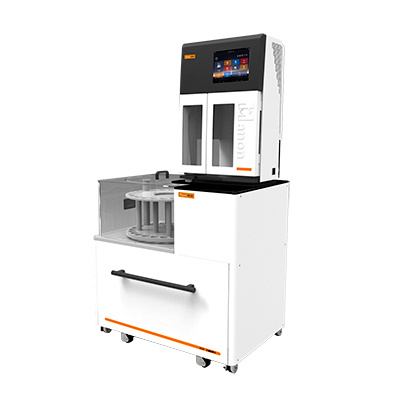
海能K1160/K1160+K1124全自动凯氏定氮仪
检测仪器 K1160/K1160+K1124 -
选择成本相对低廉的菜粕、棉粕和皮革粉作为不同蛋白来源添加剂, 在豆粕饲料中添加不同比例的菜粕、棉粕和皮革粉, 研究不同蛋白来源饲料添加对鲜鸭 蛋感官和食用品质的影响, 提出改进蛋品食用质量和降低生 产成本的一种复合饲料配方中蛋白饲料的限量建议, 以期为 改善蛋品质量和应用于工业生产提供科学依据。方案
鸭蛋蛋清中硬度、弹性、咀嚼性和回复性检测方案(质构分析仪)
耗材/配件 上海腾拔质构仪探头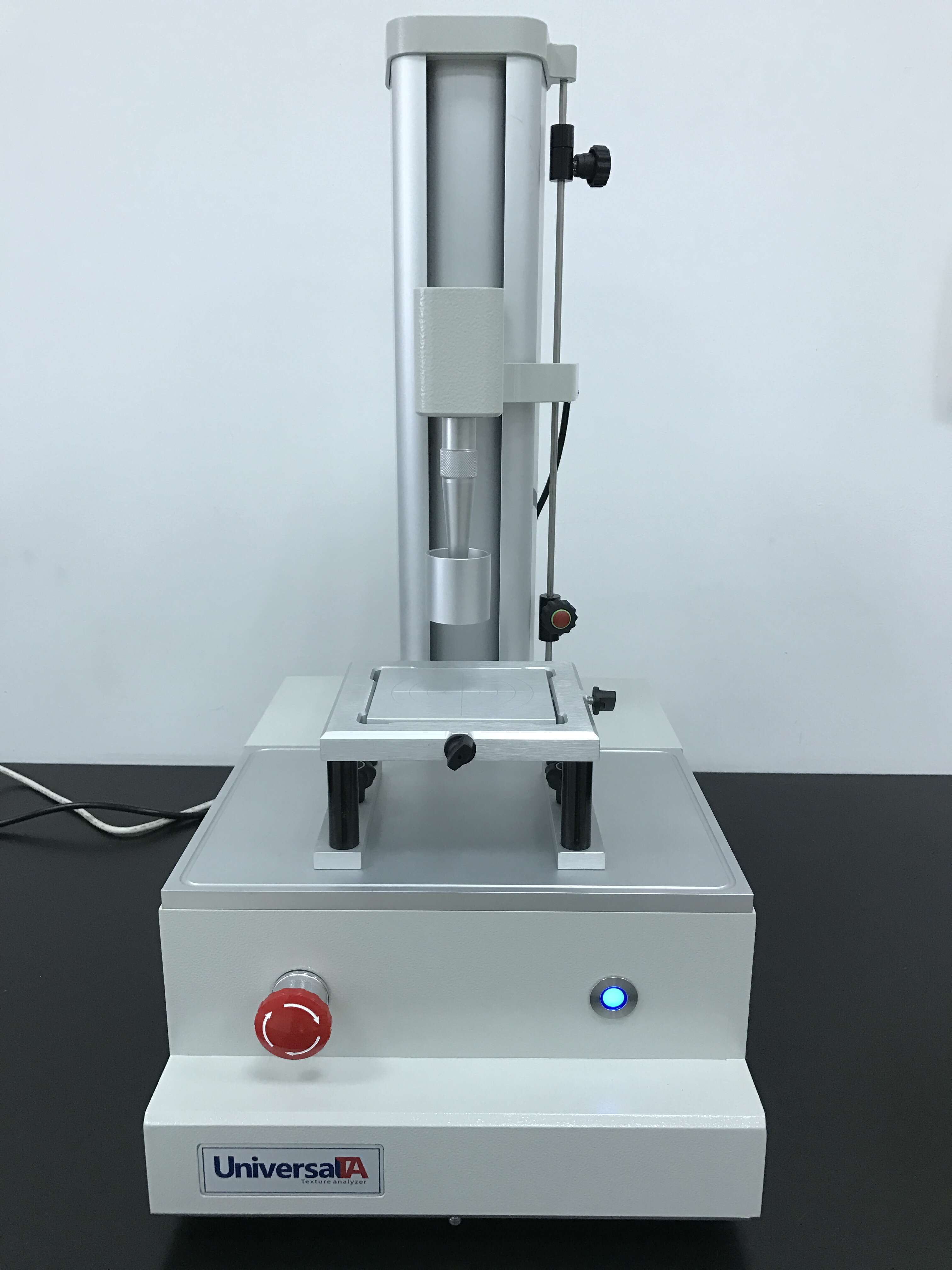
研究型质构仪Universal TA
检测仪器 Universal TA -
采样单元采集现场沼气管道传输管道内,预处理单元对气体进行除湿、过滤,并将被测气体的温度和湿度恒定在一定范围,气体检测单元非分光红外检测分析被输送过来的气体,在显示屏上实时显示被测气体浓度,并将数据信号向外传输到PLC或者电脑等终端,也可以通过无线GPRS或网络传输到云服务器.方案
养殖场沼气气体中甲烷检测方案(甲烷/非甲烷烃检测仪)
检测仪器 固定式甲烷检测仪 MIC-500S-CH4 逸云天 检测仪器 甲烷检测仪(激光TDLAS)MIC-500S-CH4 检测仪器 便携式氧气测试仪 检测仪器 便携式乙烷检测仪 MS600-C2H6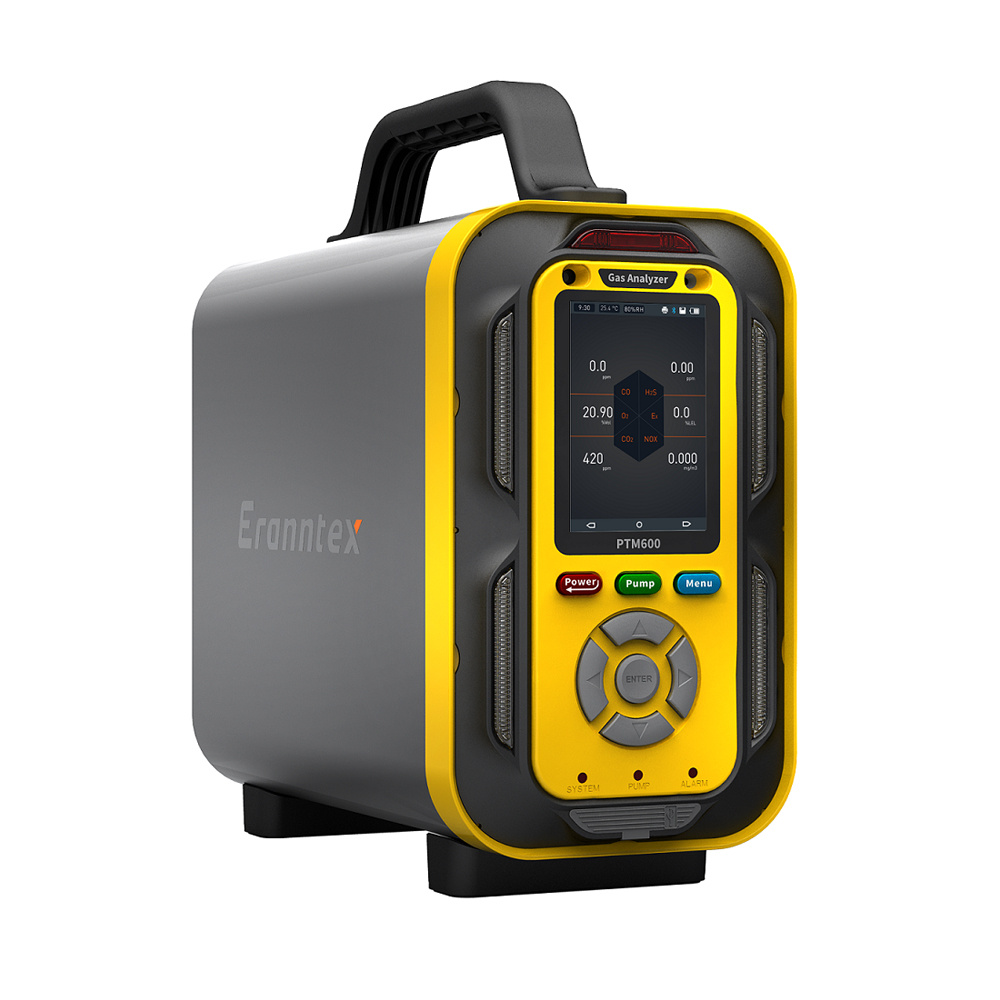
甲烷分析仪(激光TDLAS)PTM600-CH4
检测仪器 PTM600-CH4 -
The measurement of blood-plasma velocity distributions with spatial and temporal resolution in vivo is inevitable for the determination of shear stress distributions in complex geometries at unsteady flow conditions like in the beating heart. A nonintrusive, whole-field velocity measurement technique is required that is capable of measuring instantaneous flow fields at submillimeter scales in highly unsteady flows. Micro particle image velocimetry ðmPIVÞ meets these demands, but requires special consideration and methodologies in order to be utilized for in vivo studies in medical and biological research. We adapt mPIV to measure the blood-plasma velocity in the beating heart of a chicken embryo. In the current work, bio-inert, fluorescent liposomes with a nominal diameter of 400nm are added to the flow as a tracer. Because of their small dimension and neutral buoyancy the liposomes closely follow the movement of the blood-plasma and allow the determination of the velocity gradient close to the wall. The measurements quantitatively resolve the velocity distribution in the developing ventricle and atrium of the embryo at nine different stages within the cardiac cycle. Up to 400 velocity vectors per measurement give detailed insight into the fluid dynamics of the primitive beating heart. A rapid peristaltic contraction accelerates the flow to peak velocities of 26 mm/s, with the velocity distribution showing a distinct asymmetrical profile in the highly curved section of the outflow tract. In relation to earlier published gene-expression experiments, the results underline the significance of fluid forces for embryonic cardiogenesis. In general, the measurements demonstrate that mPIV has the potential to develop into a general tool for instationary flow conditions in complex flow geometries encountered in cardiovascular research.方案
鸟禽中胚胎心脏血浆的流动状态检测方案(粒子图像测速)
-
检测仪器 电子舌
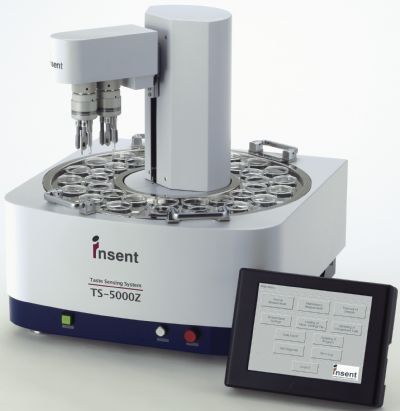
日本INSENT味觉分析系统(电子舌)
检测仪器 TS-5000Z -
鸡粪是一种比较优质的有机肥,鸡粪中含有丰富的营养,其中氮、磷、钾的含量分别是猪粪的4.1倍、5.1倍和1.8倍。综合利用鸡粪,可以大大改善鸡场的卫生环境,消除蚊、蝇、臭气,减少疾病的传播,并能充分利用这个资源作饲料、肥料等,使鸡粪变废为宝,产生较好的社会效益、生态效益和经济效益。方案
鸡粪中氮含量检测方案(定氮仪)
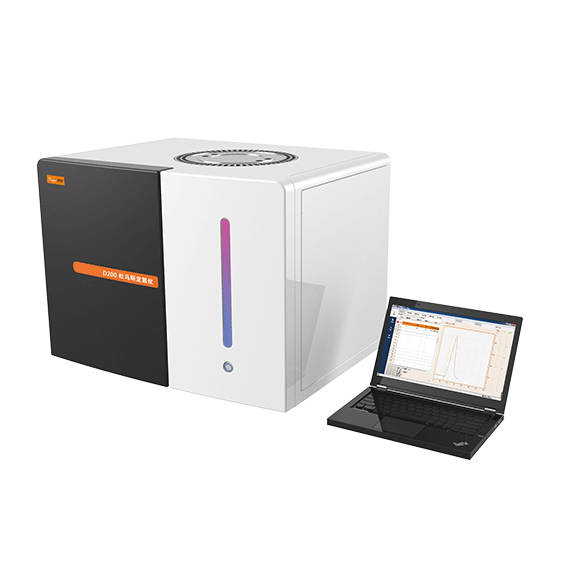
海能杜马斯定氮仪D200
检测仪器 D200 -
氮含量及粗蛋白质的计算 方案摘要:本研究研究了霉脱素(AZOMITE) 对低蛋白日粮肉鸡生长性能、养分利用、血清生化指标及骨矿化的影响。方案
肉鸡中生长性能、养分利用、血清生化指标及骨矿化指标检测方案(定氮仪)
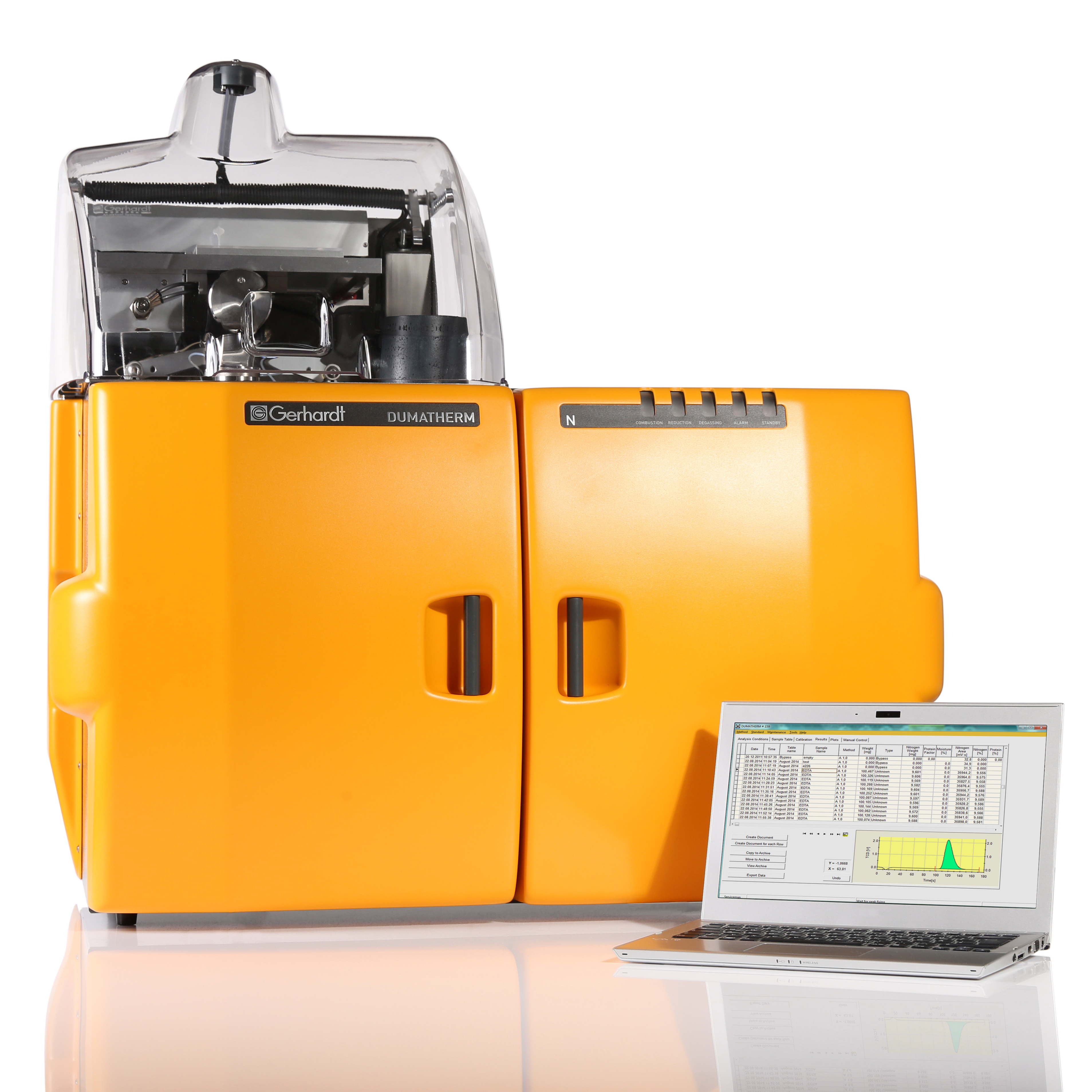
格哈特杜马斯定氮仪DT N Pro
检测仪器 Dumatherm DT N Pro -
利用近红外对羽绒羽毛样品的种类进行判别进行实验 测试,结果表明对1653份样品进行种类判别,1630个 样品的种类被准确判别,仅23个样品误判,判别准确 率98.6%,说明近红外可以有效的进行羽绒羽毛种类 判别。方案
禽类羽绒羽毛中种类鉴别检测方案(近红外光谱仪)
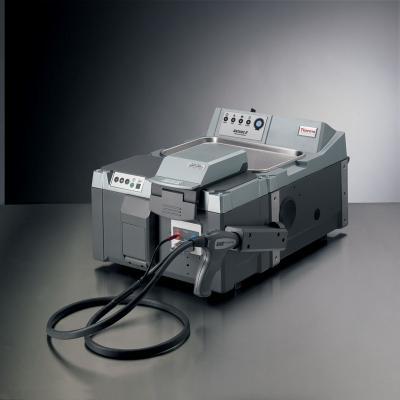
Antaris II傅立叶变换近红外(FT-NIR)光谱仪
检测仪器 Antaris II -
近日 ,央视曝光部分养殖户在肉鸡饲过程中大量滥用抗生素,激素和抗病毒类等药物。其中有关违规喂食金刚烷胺、利巴韦林等抗病毒药品的 “速成鸡”流入餐桌一则新闻,引发全国消费者广泛关注和担忧!安捷伦科技作为分析仪器业界的*,多年来一直致力于食品全域提供 广泛关注和担忧!安捷伦科技作为分析仪器业界的*,多年来一直致力于为食品安全领域提供强有力的产品、技术解决方案。为应对此次动物源食中滥用兽药安全突发事件,捷伦科 强有力的产品、技术解决方案。为应对此次动物源食中滥用兽药安全突发事件,捷伦科 强有力的产品、技术解决方案。为应对此次动物源食中滥用兽药安全突发事件,强有力的产品、技术解决方案。为应对此次动物源食中滥用兽药安全突发事件,捷伦科 强有力的产品、技术解决方案。为应对此次动物源食中滥用兽药安全突发事件,捷伦科技为广大分析工作者提供了检测鸡肉中抗生素,激素和抗病毒类药物完整解决方案,特别是对 于金刚烷胺、利巴韦林等抗病毒药品的分析, 提供了从前处理到仪器检测全方位高效于金刚烷胺、利巴韦林等抗病毒药品的分析, 提供了从前处理到仪器检测的全方位高效,准确的方法,为广大客户提供给*的支持。方案
速成鸡中利巴韦林和金刚烷胺检测方案(液相色谱柱)

 咨询
咨询
